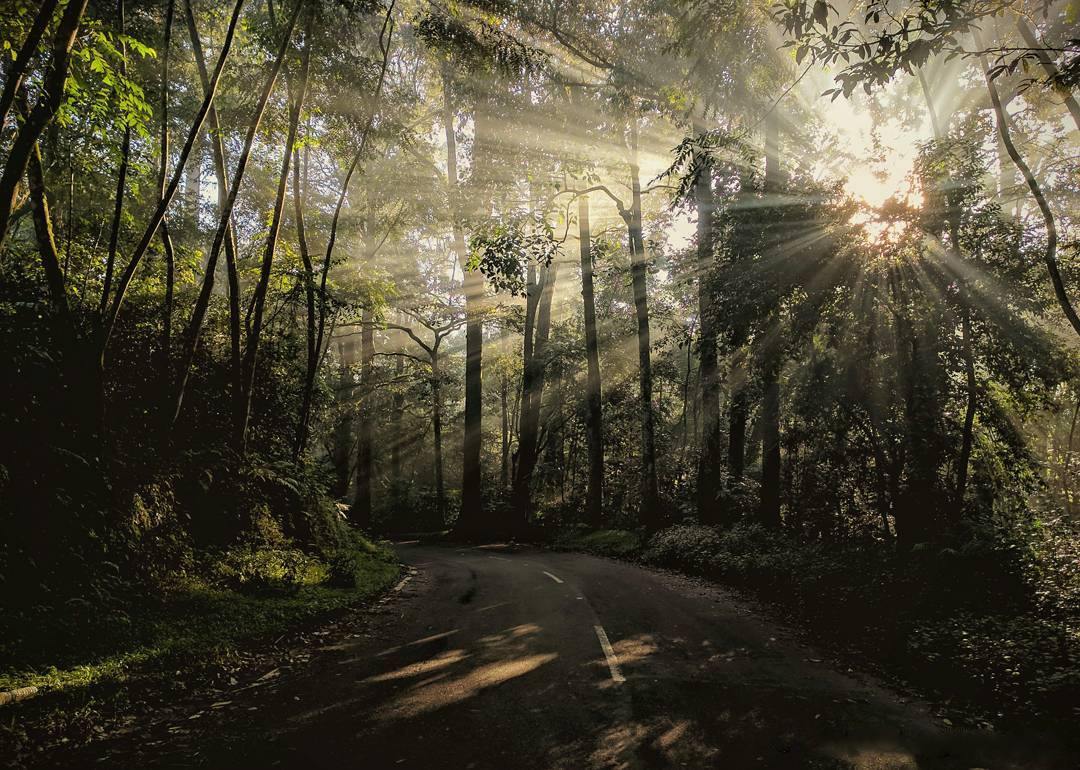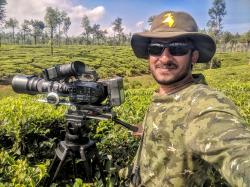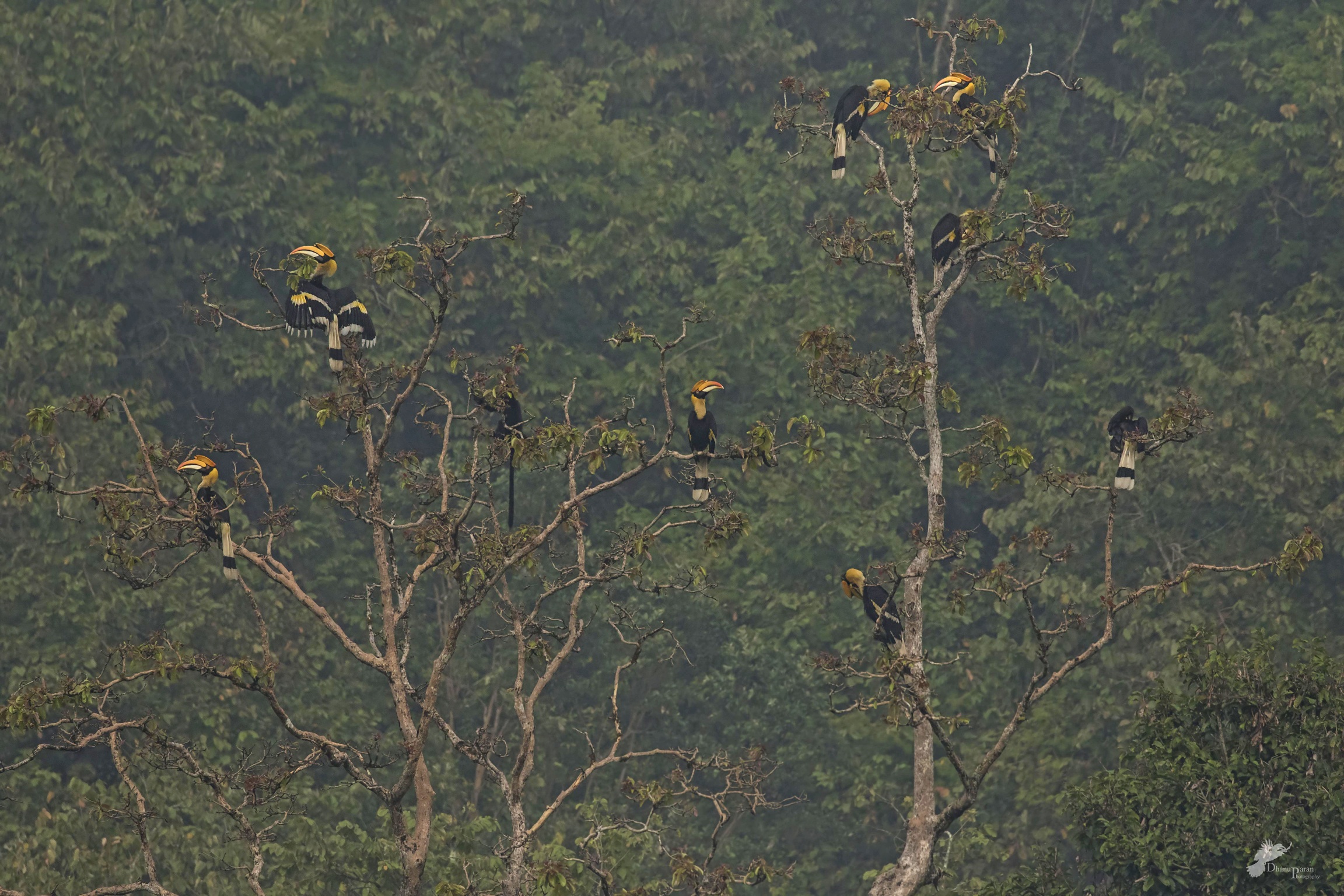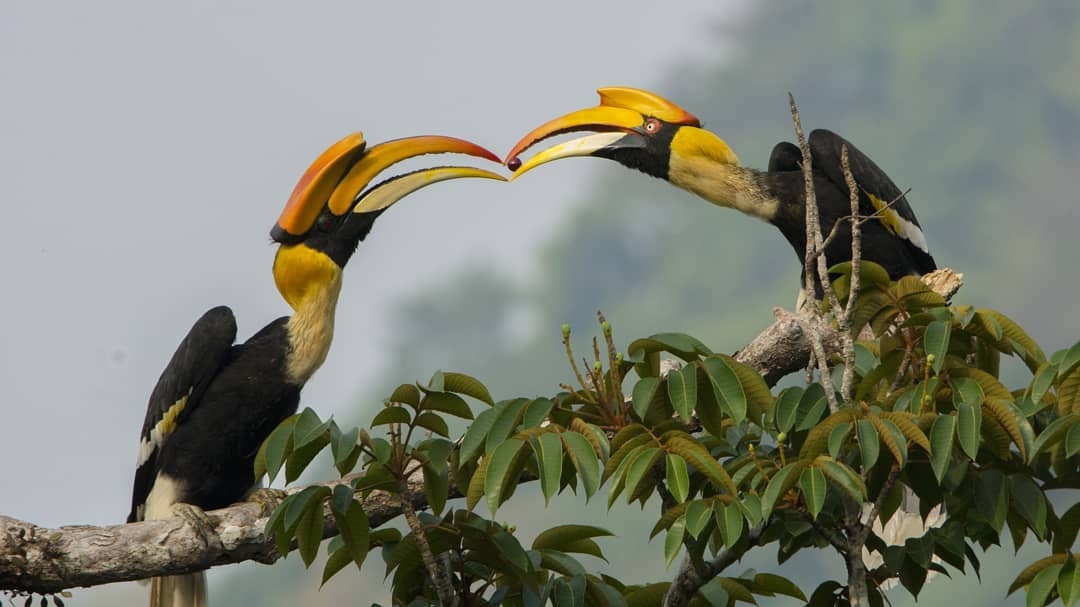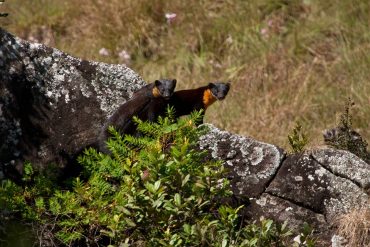“Varun look, an elephant!” said my dad with a palpable glee on his face, when I was only three. That’s how my journey into the wild began and here I am, watching, observing and filming wildlife for a living in the same Anamalai Hills where I first had my memorable wildlife moment.
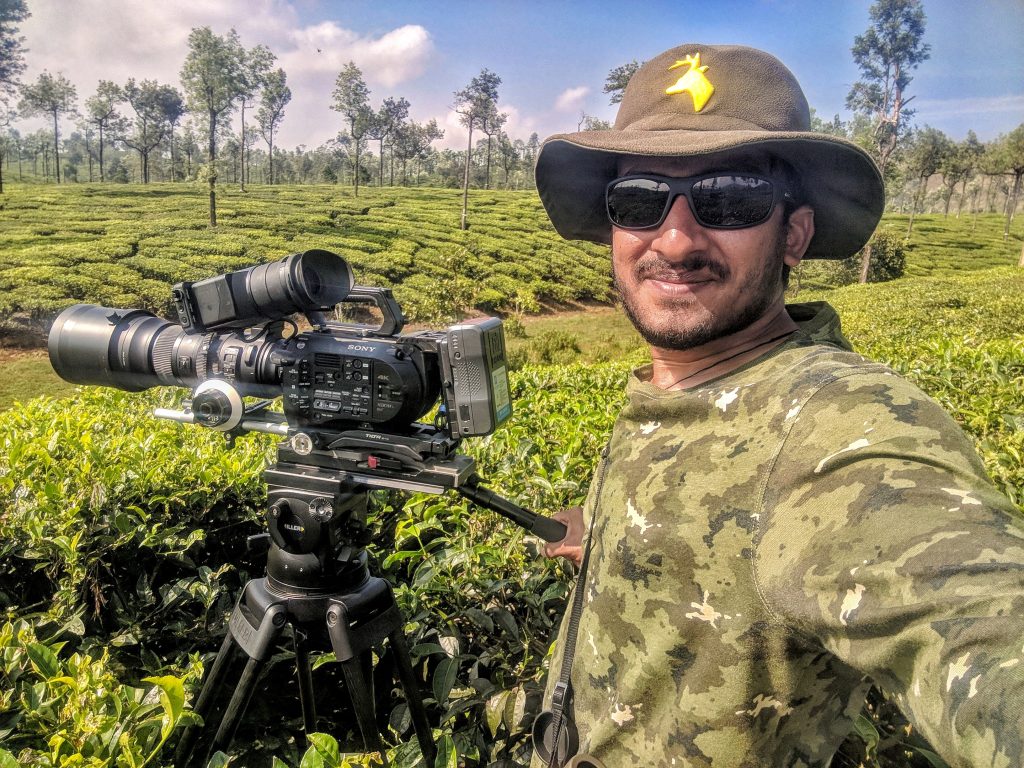
I started coming to Valparai soon after I finished my Masters in Wildlife Filmmaking from New Zealand. I wanted to film the rich fauna that I came to know existed right in my backyard, but less did I know that this place was pure magic. I vividly remember my first image of the Lion-tailed Macaque, which was on the roof of a small canteen called Mary Matha Mess. I took a photo using my mobile camera when I went into the town for breakfast.
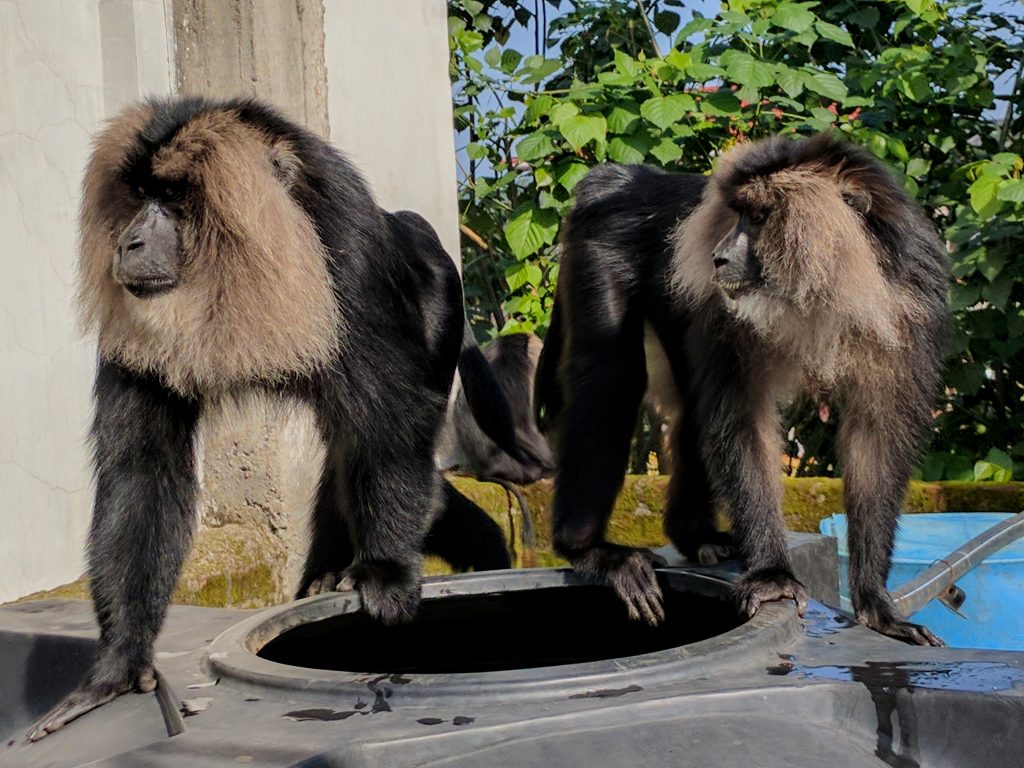
The close encounter was such a beautiful feeling; however, I rued my opportunity for not carrying my video camera. It was just a bunch of LTMs hanging on the top of the roof then, but after having spent a good amount of time with them, now I know them by the names, which troop they belong to, the troop count, and even the traits of a few individuals.
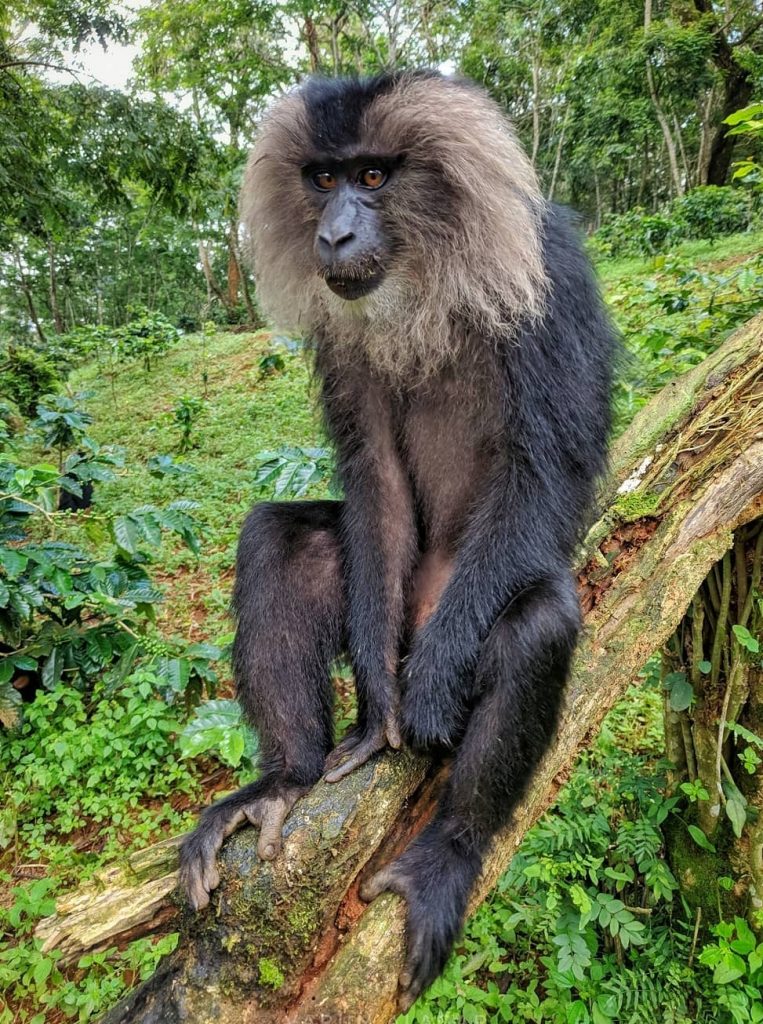
But they are not the only ones that I got to spend time with while filming in Valparai. I’ve been privileged to have made good observations and behavioral traits of Indian Gaurs and herds of elephants within just a few feet away (at times the animals come close to me as they walk across). But, it requires painstaking effort, immense patience, and due respect to be rendered to each individual that they rightfully deserve while being in their space. I usually look away and at times have even eaten grass to make sure they get comfortable and accept my presence.
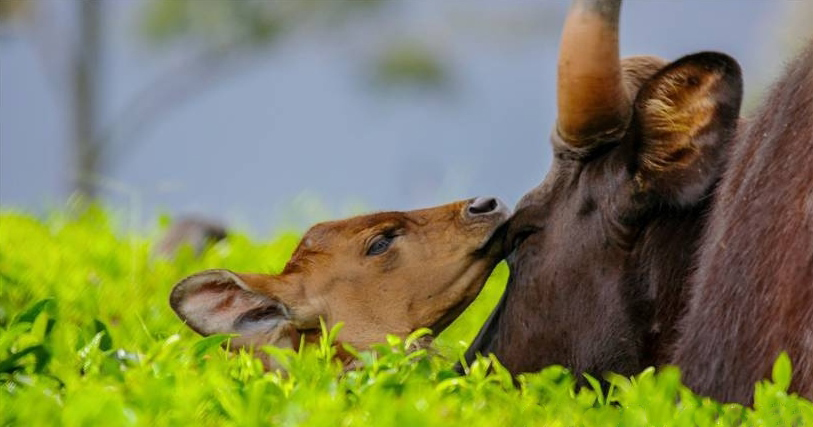
Sometimes it takes four to five hours of persuasion to even be within fifty feet of their presence, but knowing and understanding their psychology is very important. The amount of knowledge obtained from researchers and personal observations made in the field helped me a lot in honing the field-craft.
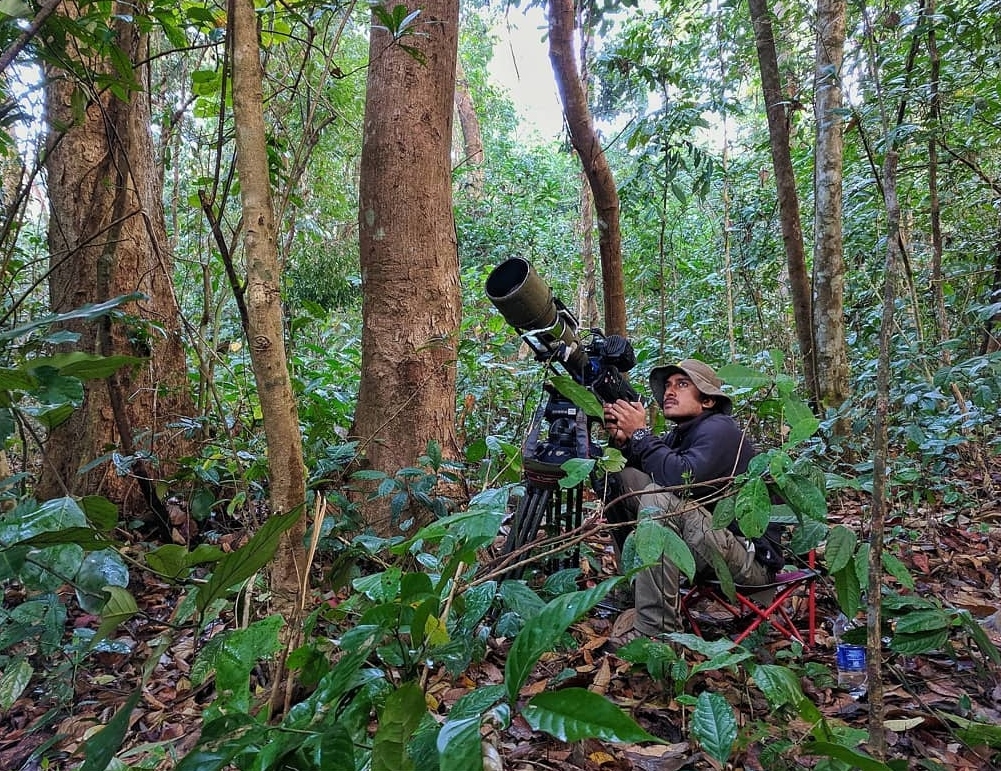
Approaching wildlife in close distances has never been an agenda, but just a variation that is required in the shots that creates the necessity. I have also abandoned filming many a time when I felt that I might be disturbing them.
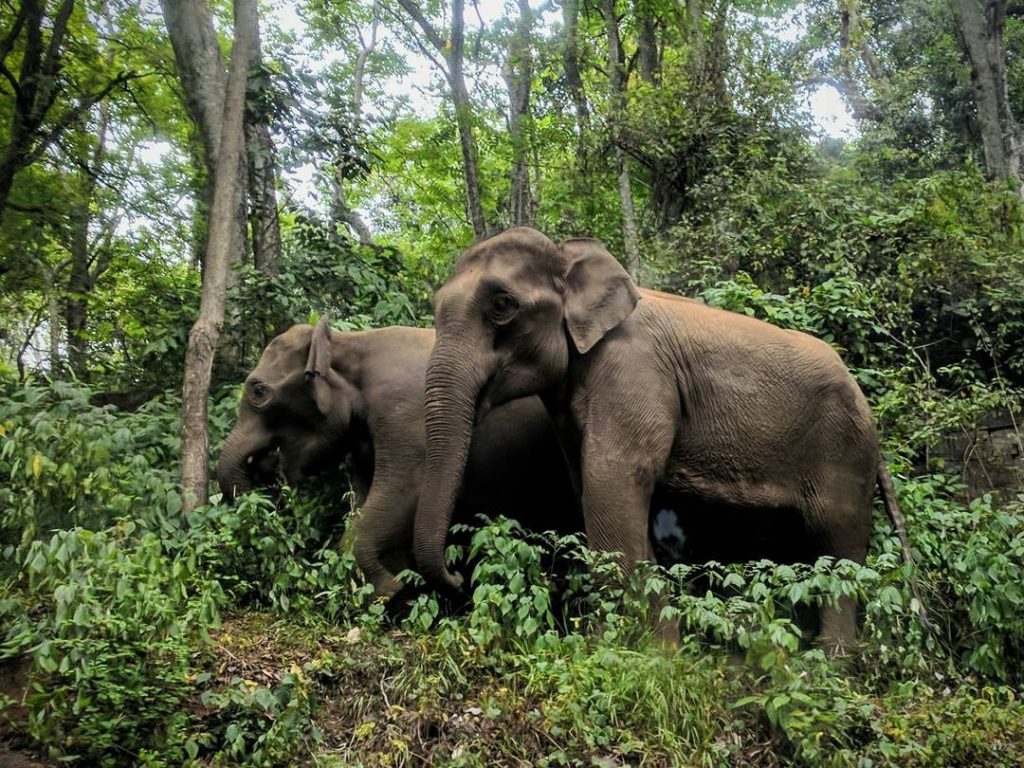
My experience in filming across the country in varied jungle scapes has been great but the times spent here in Valparai are the closest to my heart. I’ve been blessed to film some amazing footages that have never been documented digitally before and at the same time, I’ve also witnessed some heart-wrenching stories. One of my favorite footages that I have filmed here was of a bunch of macaques swimming and playing in the water, while some tested the water if it was cold and the others behaved very much like fishing in the stream. Emotionally, the hardest sequence that I have had to film was also from Valparai.
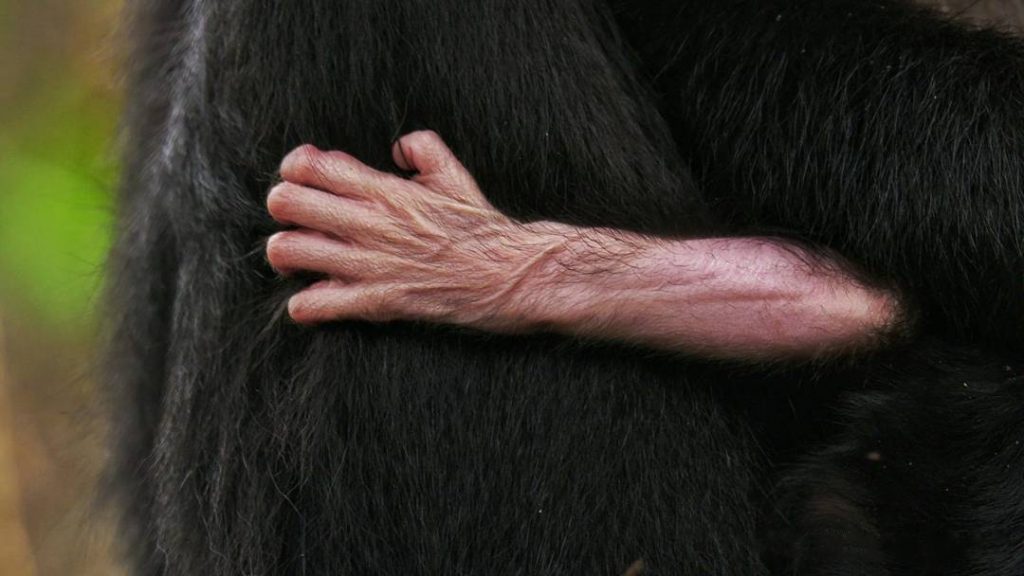
It was after the road-kill of a macaque that had been disposed into the jungle after having succumbed to grave injuries. I sat with the carcass to see what was going to happen. After almost three hours, the troop members of the dead female arrived. One by one, until the very last baby, every individual came and groomed the dead female, sniffed it, moved it around and pulled it, trying to wake it back to life. I was only ten feet away from the whole scene and the animals accepted my presence, which was great for the documentation but I was pained beyond words, unable to absorb the sorrow that engulfed the place.
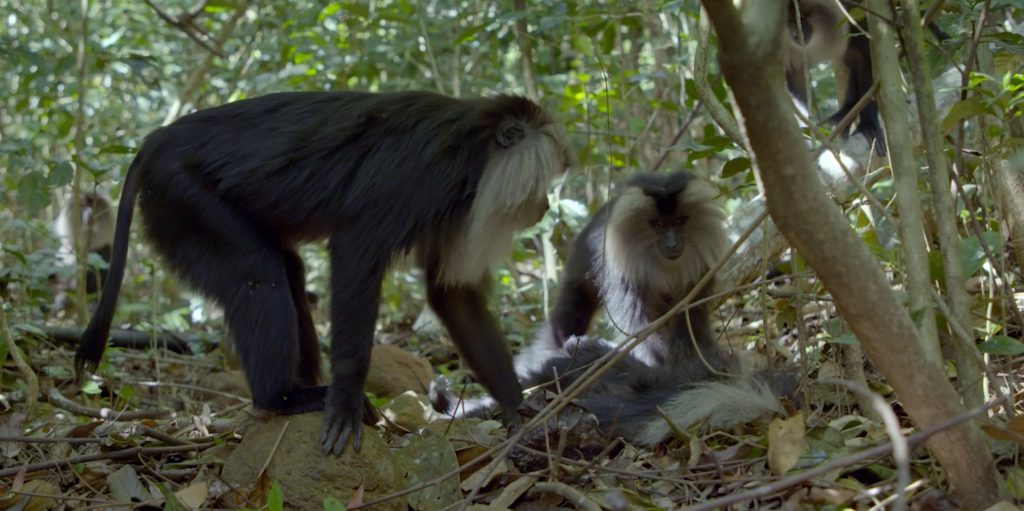
Soon, another troop came in, to mourn the dead. I couldn’t believe what I was seeing! When two troops cross paths, it is usually war but that day, there was something very peculiar unfolding in front of my eyes. They mourned and moved on. Not very long, the third troop came in! I was shocked when I identified the third troop. I confirmed with the researchers who were on the road not far away if the other troop had moved. At this point, it was getting too depressing. The third troop mourned the dead and moved on. Shortly, a male from the resident troop came back to the carcass and groomed for some more time before it moved on too. I left the place with such a heavy heart and fell into a deep state of unrest the whole night. It was only the consolation from my dear friends in Valparai that helped me come out of it.
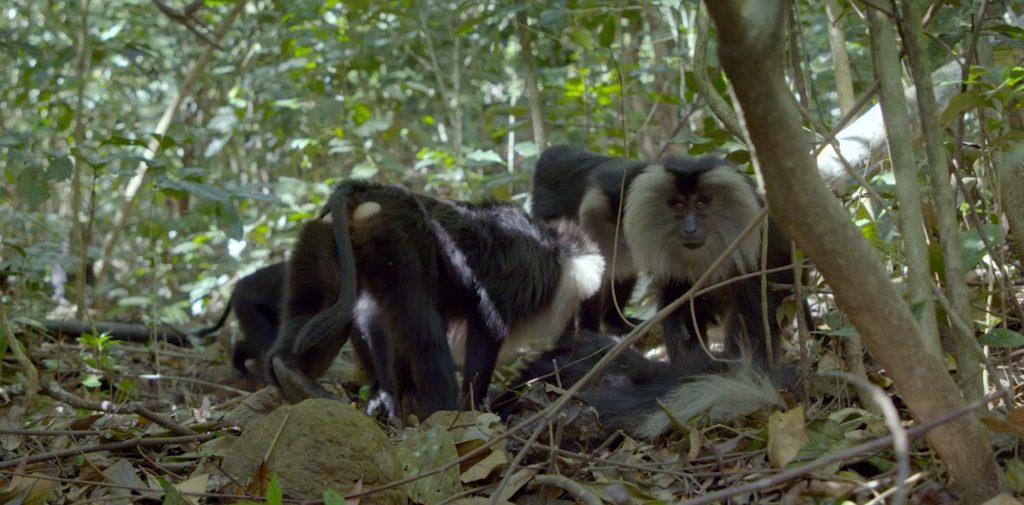
Also, one of the most dangerous situations that I have faced while filming was here in the Anamalai Hills, with a herd of elephants charging at me. In this instance, the elephants were getting down from a nearby forest patch to cross the road. A friend and I, stationed ourselves 50 meters on either side of the exit point from where we anticipated the elephants to walk down. Very soon, a crowd gathered and we were also regulating traffic for the elephants to pass through without any complications. People in the crowd started speaking loud and the animals got agitated. We requested the men to stay quiet for some time. The loud talking continued and the elephants, when they have had enough of it, got on to the road and started chasing us.

With only a little time to react, I had to pick-up my 25-kilo camera kit and run for life. The elephant was only a few meters away as I tried to hide behind a truck that was parked. To add to my woes that day, the driver drove away leaving me with no place to hide and a charging, angry mom to deal with.
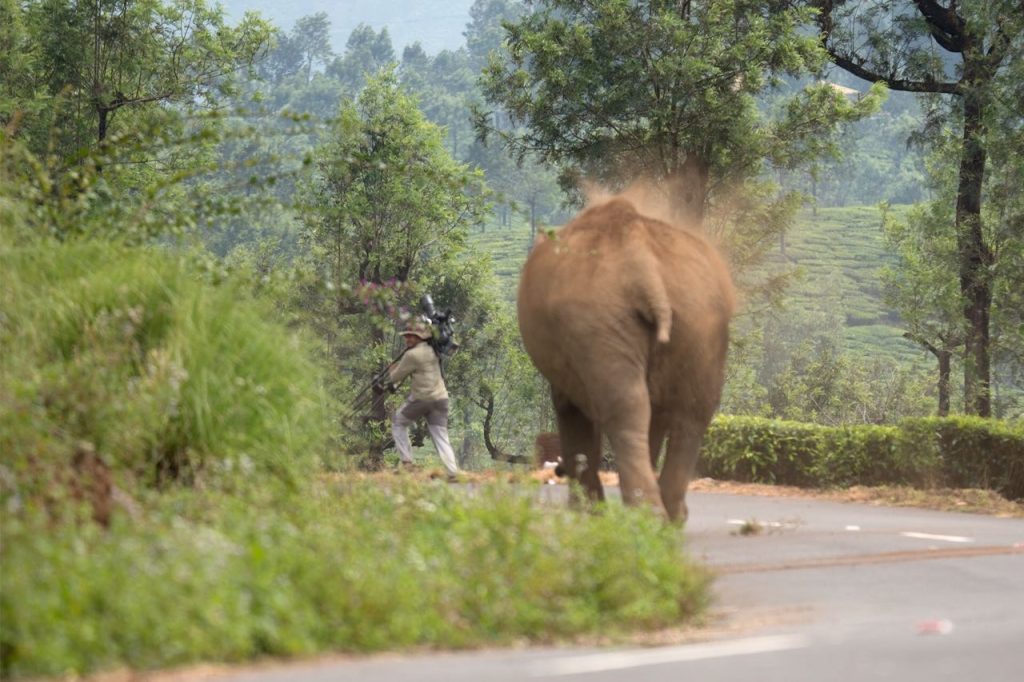
Luckily, I survived that day to tell the tale as she stopped just twenty meters in front of me, blared a warning trumpet and went back to her son who had been giving her distress calls. Although this encounter seemed funnily dangerous, it was absolutely unnecessary and could have been avoided by the people who had gathered. I later went onto film the same herd in different locations and they never showed any kind of aggression in our presence. Truly, animals only react to what is thrown at them.
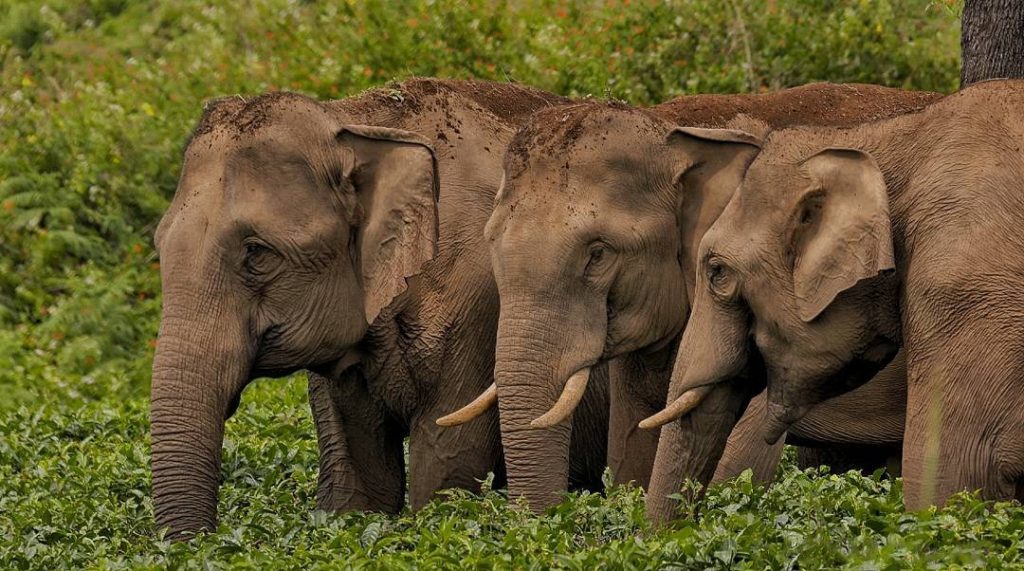
I have personally learnt a lot from the landscape and the most important learning is how we as humans should learn to respect and interact with nature. Creating awareness and sustainable tourism initiatives are the need of the hour to adopt measures to co-exist with the wild and avoid conflicts.
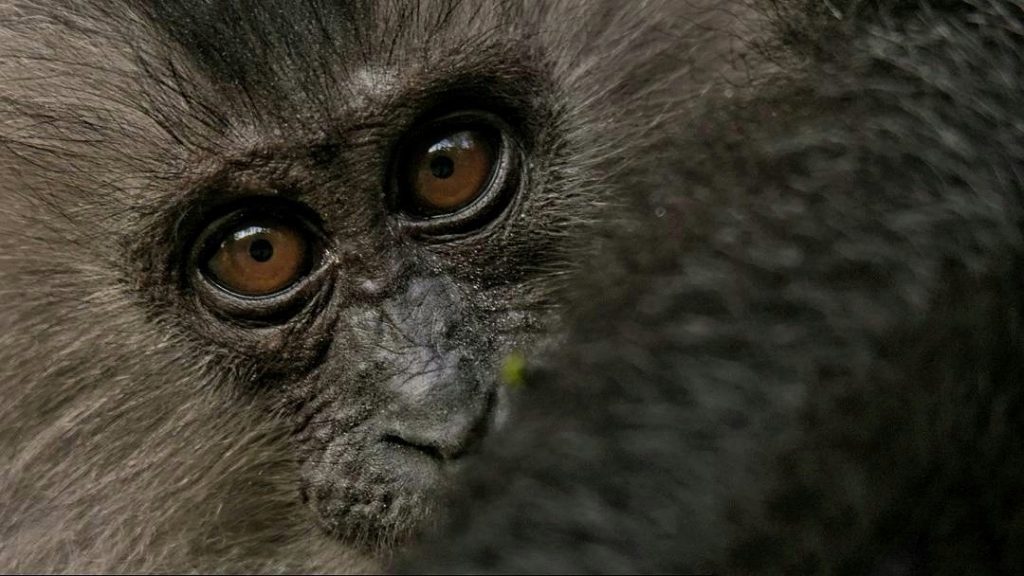
Maybe we can begin by appreciating nature, giving animals their space while maintaining distance, avoid feeding them and throwing garbage in the open and by driving slow where signs are installed. What we leave behind is what the next generation will thank us for tomorrow.

